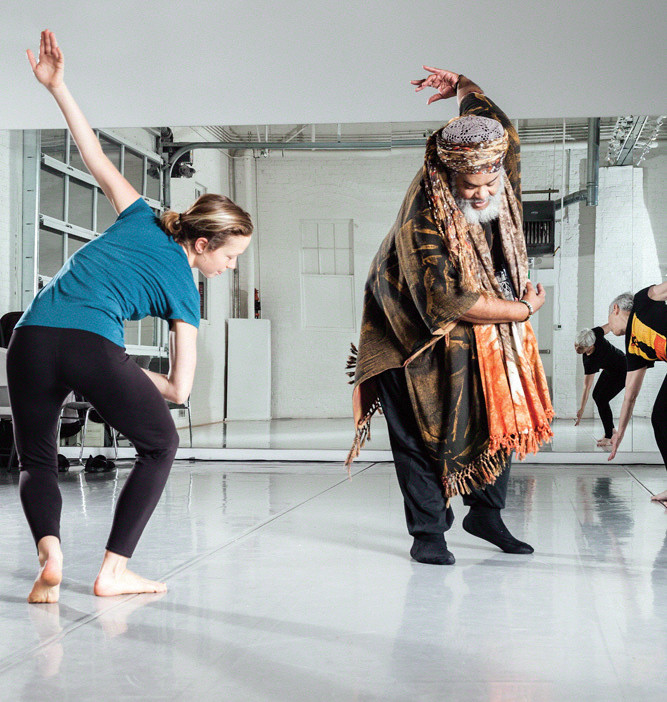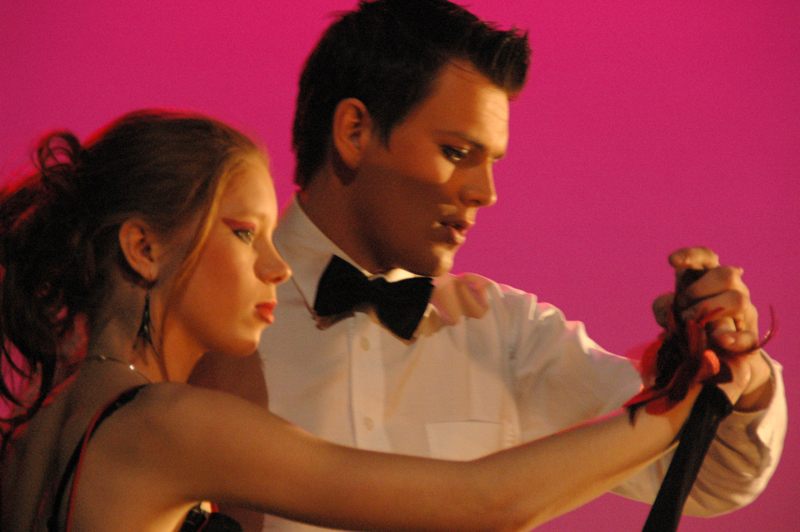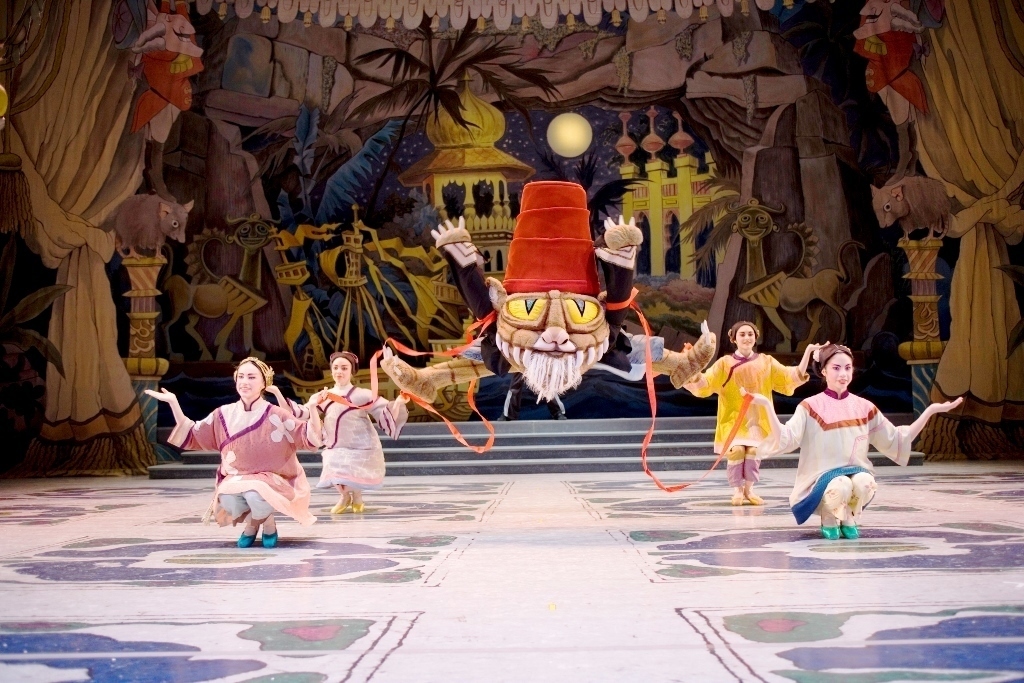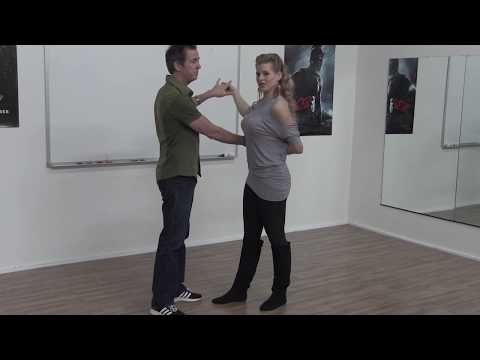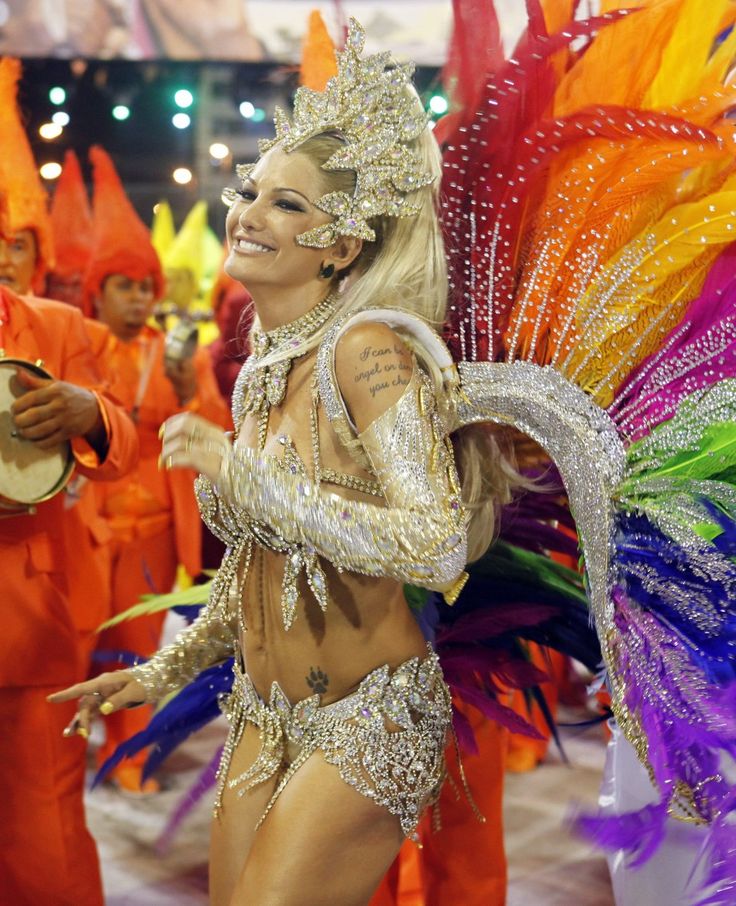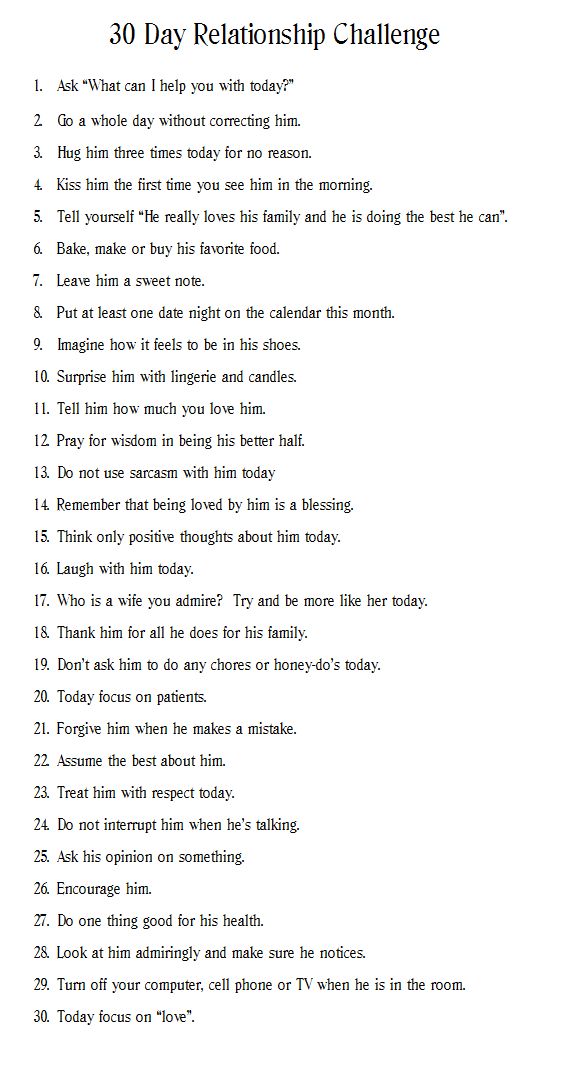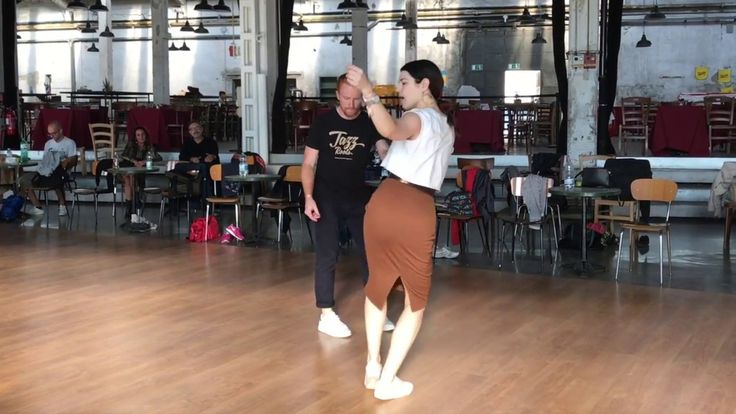How to do dance therapy
Become a Dance Movement Therapist
Graduate Programs | Alternate Route Training | Undergraduate Preparation | Doctoral Programs | International Programs
What is dance/movement therapy?
The American Dance Therapy Association (ADTA) defines dance/movement therapy as the psychotherapeutic use of movement to promote emotional, social, cognitive and physical integration of the individual.
Dance/movement therapy is:
- Focused on movement behavior as it emerges in the therapeutic relationship. Expressive, communicative, and adaptive behaviors are all considered for group and individual treatment. Body movement, as the core component of dance, simultaneously provides the means of assessment and the mode of intervention for dance/movement therapy.
- Practiced in mental health, rehabilitation, medical, educational and forensic settings, and in nursing homes, day care centers, disease prevention, health promotion programs and in private practice.
- Effective for individuals with developmental, medical, social, physical and psychological impairments.
- Used with people of all ages, races and ethnic backgrounds in individual, couples, family and group therapy formats.
What do dance/movement therapists do?
Dance/movement therapists focus on helping their clients improve self-esteem and body image, develop effective communication skills and relationships, expand their movement vocabulary, gain insight into patterns of behavior, as well as create new options for coping with problems. Movement is the primary medium dance/movement therapists’ use for observation, assessment, research, therapeutic interaction and interventions. Dance/movement therapists help develop treatment plans and goals, document their work in clinical records and collaborate with professionals from other disciplines.
Where do dance/movement therapists work?
Dance/movement therapists work in a variety of settings including nursing homes, schools, psychiatric, rehabilitation and medical facilities, drug treatment centers, counseling and crisis centers, and wellness and alternative health care centers.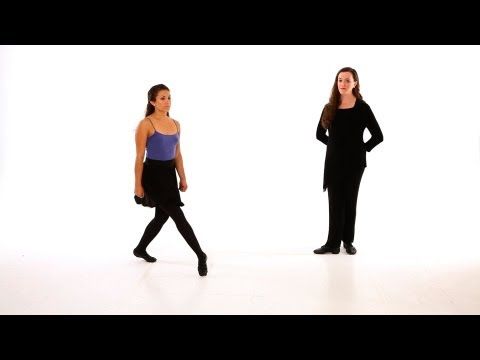
What does a dance/movement therapy session look like?
The extensive range of dance/movement therapy techniques and the needs and abilities of participants allow for a wide variety of movement activities in dance/movement therapy sessions. Dance/movement characteristics, from subtle and ordinary movement behaviors to expressive, improvisational dancing could occur.
To learn more about the ways in which dance/movement therapists work, go to the ADTA YouTube page and Profiles of DMTs.
How can I become a dance/movement therapist?
There are two routes one can pursue to become a dance/movement therapist. View the R-DMT Applicant Handbook for an in-depth guide of requirements.
#1: ADTA Approved Graduate Program
Graduates of approved programs meet all professional requirements for the Registered Dance/Movement Therapist (R-DMT) credential. Please contact the school directly for application process, requirements, etc.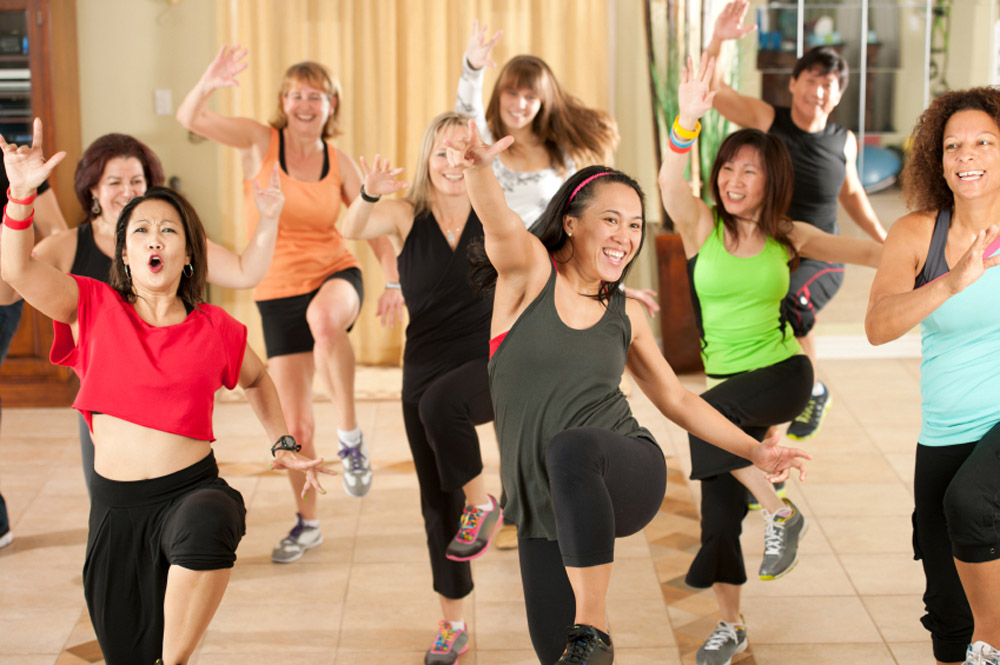
#2: Alternate Route
The Alternate Route is defined as a Master’s degree with dance/movement therapy training from qualified teachers. Other requirements include movement observation and assessment, psychology coursework, fieldwork, internship, and dance experience.
What degree/credential do dance/movement therapists receive?
The dance/movement therapy credential is awarded at the graduate level. Therefore, a Master’s degree is required. Upon completion of an ADTA Approved Graduate Program or the Alternate Route and acceptance by the Dance/Movement Therapy Certification Board, the Registered Dance/Movement Therapist (R-DMT) credential is awarded. R-DMT represents attainment of a basic level of competence, signifying both the first level of entry into the profession and the individual’s preparedness for employment as a dance/movement therapist within a clinical and/or educational setting. The Board Certified Dance/Movement Therapist (BC-DMT) credential can be obtained after the R-DMT is awarded, with additional requirements and experience. BC-DMT is the advanced level of dance/movement therapy practice, signifying both the second level of competence for the profession and the individual’s preparedness to provide training and supervision in dance/movement therapy, as well as engage in private practice.
BC-DMT is the advanced level of dance/movement therapy practice, signifying both the second level of competence for the profession and the individual’s preparedness to provide training and supervision in dance/movement therapy, as well as engage in private practice.
What undergraduate degree should I pursue?
At the undergraduate level, there is no specific degree required. However, it is a good idea to have substantial exposure to topics related to both dance and psychology. For specific prerequisites, contact each ADTA Approved Graduate Program.
Where can I find information on how to volunteer/shadow a dance/movement therapist?
Opportunities to volunteer/shadow a dance/movement therapist are limited due to the nature of the work and the need for confidentiality. If you are interested in volunteering/shadowing, contact your region’s Member-at-Large or a local chapter.
What kinds of experience would be helpful for a future dance/movement therapist?
It is strongly encouraged to pursue a broad practice in dance, including a variety of dance styles and techniques, choreography, performance, and teaching.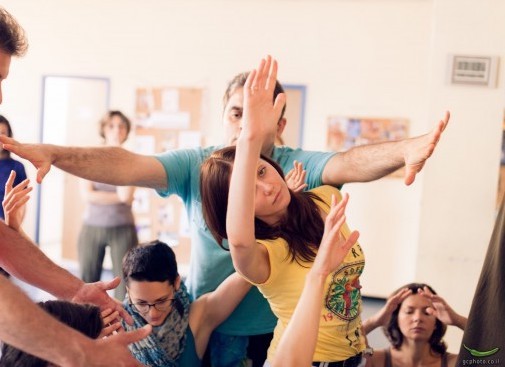 For education, focus on psychology courses and a course in kinesiology and anatomy. Helpful experience would include working or volunteering with people in various human service settings (i.e. summer camps, schools, hospitals, nursing homes).
For education, focus on psychology courses and a course in kinesiology and anatomy. Helpful experience would include working or volunteering with people in various human service settings (i.e. summer camps, schools, hospitals, nursing homes).
How long does it take to become a dance/movement therapist?
If attending an ADTA Approved Graduate Program, expect to be in school for two to three years, full-time. For the Alternate Route, the length of time depends on many factors, such as committing full or part-time, location of courses (some travel may be required), when courses are offered, when the individual can attend, etc.
What school would you recommend?
Attending any of the ADTA Approved Graduate Programs provides in-depth knowledge and training from exceptional, experienced, board certified dance/movement therapists. The ADTA suggests contacting and/or visiting the school(s) to help decide if the institution is a good fit.
What does approval of graduate programs mean?
The ADTA approves programs that meet the requirements stated in the ADTA Standards of Education and Clinical Training. Graduates of approved programs meet all educational requirements for the Registered Dance/Movement Therapist (R-DMT) credential.
Where can I find a list of Alternate Route offerings in my area?
Ongoing Alternate Route course offerings can be found in the Alternate Route Course Calendar and in the Alternate Route Graduate Coursework documents contained on the Alternate Route page. Also, check the Announcements section under the Forum, ADTA on Facebook, and ADTA LinkedIn.
Information on Approval for Graduate Programs
Everything You Need to Know About Becoming A Dance Therapist
You don’t need to be a performer to make a positive impact through dance. Dance/movement therapists use movement to approach a patient’s health holistically, working with populations as diverse as teenagers dealing with anxiety, veterans suffering from trauma and elderly patients with dementia or Alzheimer’s. What makes for a good dance therapist? “They’ve seen the power of movement in their own life. And they have empathy for other people and for what’s going on in the world,” says Nancy Beardall, dance/movement therapy coordinator at Lesley University.
What makes for a good dance therapist? “They’ve seen the power of movement in their own life. And they have empathy for other people and for what’s going on in the world,” says Nancy Beardall, dance/movement therapy coordinator at Lesley University.
What is Dance Therapy?
The American Dance Therapy Association defines dance/movement therapy as “the psychotherapeutic use of movement to promote emotional, social, cognitive, and physical integration of the individual.” Practically, what this means depends on what kind of setting the therapist is working in, says Beardall. Dance therapists can work in private practice, nursing homes, schools, hospitals, rehabilitation centers and other environments, where they combine the work of a traditional therapist with a deep knowledge of the body and how movement is connected to our overall health.
How Do You Become a Dance Therapist?
Antioch students and faculty. Photo by Melinda Garland, courtesy Antioch There are two ways to get accredited in the U. S.
S.
1. Earn a master’s degree from one of the seven ADTA-approved programs lasting two to three years:
• Antioch University
• Columbia College Chicago
• Drexel University
• Lesley University
• Naropa University
• Pratt Institute
• Sarah Lawrence College
Programs are about 60 credits and include two internships, plus lots of experiential learning.
2. Students with a master’s degree in a related subject can participate in Alternate Route, a self-guided program that allows students to combine coursework, fieldwork and an internship to earn accreditation.
What About Undergrads?
These schools offer preparatory dance/movement therapy programs and courses for undergraduates:
• Columbia College Chicago
• Drexel University
• Endicott College
• Goucher College
• Lesley University
• Manhattanville College
• Nazareth College
• Queens College
• Seton Hill University
Studying dance therapy in undergrad is by no means a requirement for pursuing it in in graduate school; Beardall says the majority of her students majored in dance and minored in psychology, or vice versa.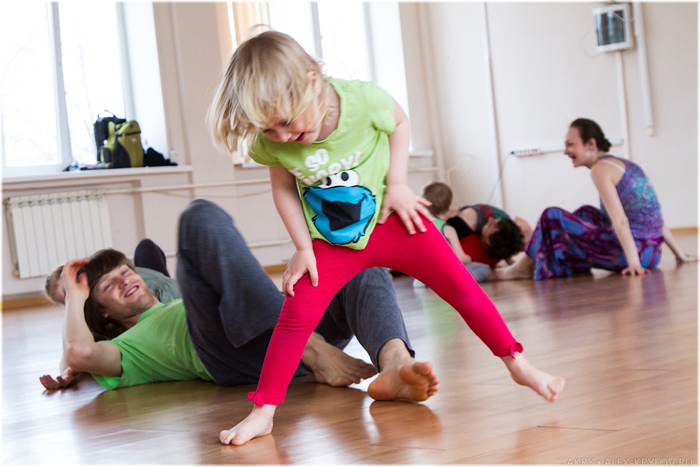 (Some psychology prerequisites are required for ADTA master’s programs.)
(Some psychology prerequisites are required for ADTA master’s programs.)
What Should You Know Before Becoming a DMT?
Erica Hornthal works with a variety of patients at her DMT practice. Photo courtesy HornthalTomoyo Kawano, director of Antioch University’s dance/movement therapy and counseling program, emphasizes that DMTs may find themselves having to advocate for movement as a viable psychotherapeutic treatment. “They need to have that conviction,” she says. “It’s important to explore if that’s something they want to pursue for the rest of their lives.”
How can students be sure that dance/movement therapy is right for them? Erica Hornthal, founder of Chicago Dance Therapy, suggests undergraduates talk to a DMT or try to shadow one. Students can also attend ADTA conferences, and watch the organization’s video series at adta.org/adta-talks.
How Much Dancing Is Involved?
The amount of actual dancing depends on the setting and the patient. Sometimes patients dance to “have someone witness what they want to express,” says Hornthal; other times sessions are sedentary, with the DMT trying to connect a patient’s experience to their breath or their posture. For Beardall, it’s less about dancing and more about patients being expressive, and their feelings, patterns and preferences coming out through movement.
Sometimes patients dance to “have someone witness what they want to express,” says Hornthal; other times sessions are sedentary, with the DMT trying to connect a patient’s experience to their breath or their posture. For Beardall, it’s less about dancing and more about patients being expressive, and their feelings, patterns and preferences coming out through movement.
How to get started in dance therapy
Style: Street dance / Street dance Other destinations / Other Club dances / Club dance Fitness / Fitness Ballroom dancing
As you know, there are many ways to treat nervous and mental disorders. One of the most promising areas for the treatment of depression and stress are special dance exercises.
Dance therapy (dance movement, Dance Movement Therapy) is a modern direction in psychotherapy, which can be attributed to art therapy.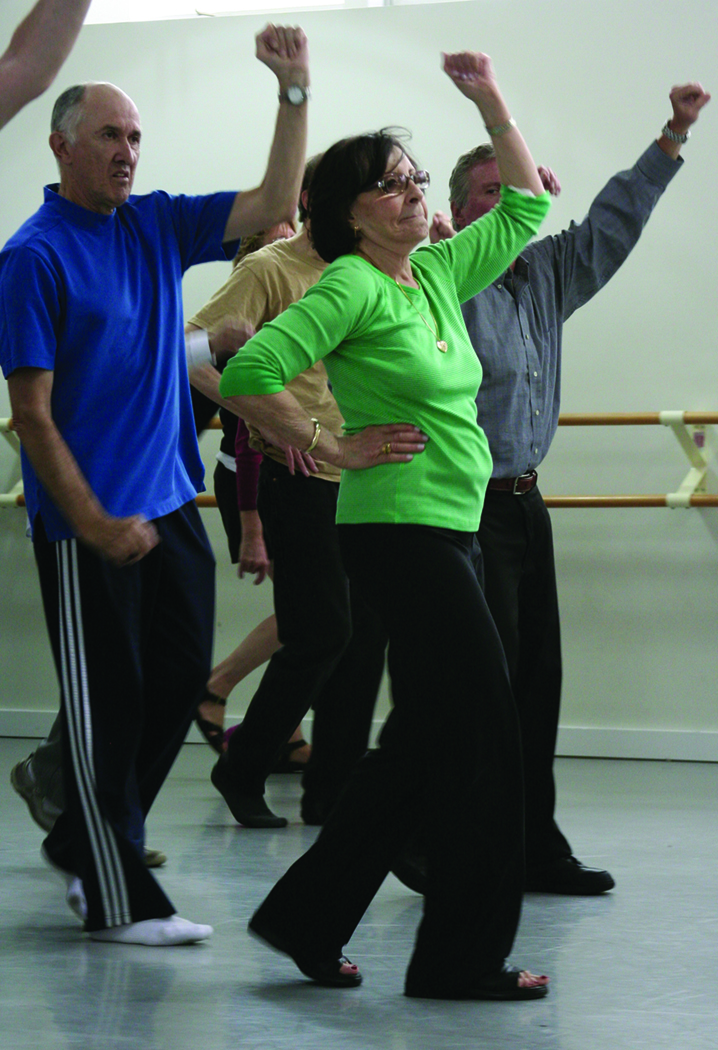 Its main features are the use of dance movements to improve and express one's emotional functions, cognitive, social and physical integration.
Its main features are the use of dance movements to improve and express one's emotional functions, cognitive, social and physical integration.
Movement is life
The main instrument of this direction is movement. The whole range of movements is used so that the inner human world can manifest itself through the movements of the body. All kinds of movement can be used: rhythms, planes, spaces, flows, time categories, etc. In order to accurately determine the necessary movements, the therapist is guided by the analysis system of Rudolf Laban. It was this great scientist who created a unique system for recording dance movements and analyzing them.
What is dance therapy for?
At the lessons of this technique, a person learns to feel his body, in its versatility and originality. After all, the body is given to man not only to eat and function, but also to feel, feel, think. In the process of training, the human consciousness is adjusted to its body, as a result of which many (even traditionally incurable) diseases are cured. In addition, such therapy makes life brighter, more colorful, gives the fullness of sensations, feelings and emotions.
In addition, such therapy makes life brighter, more colorful, gives the fullness of sensations, feelings and emotions.
When is Dance Movement Therapy (DMT) performed?
People turn to TDT for help in cases where they need to restore the lost sensitivity of their body, solve problems in the emotional sphere, reduce the lack of physical contact, relieve stress, solve problems in the family or at work. Dance therapy works in all these cases and gives effective results. Very often, Dance therapists use all kinds of creative self-realization techniques, art therapy, art therapy, etc. in their work.
Will this help me?
Absolutely. The main obstacle is your unwillingness to come to class. Many of those who have been attending TDT classes for a long time did not believe at the very beginning that these techniques could have such a big impact on their emotional background. After a few visits, confidence comes, all problems become easily resolved and disappear from your path.
How to get started?
There are no contraindications for practicing dance movement therapy. Just come to class and start re-learning your body. Good luck to you!
description, historical facts, essence of treatment
Dance therapy is a completely unique phenomenon. What does it represent? This is a direction of psychotherapy in which movement and dance contribute to both the physical and emotional integration of the individual. This method has a rich history. And indeed, it is of some interest. So I would like to pay special attention to this topic.
Prerequisites
Everyone who is at least a little familiar with folklore, history and art is well aware that dance has been an integral part of various rituals, community life and other practices since ancient times. It's more than just moving to music. The dance carried sacred, communicative, identification, expressive and recreational functions. He helped to freely express himself, contact with partners, emotionally discharge and relieve physical stress. In fact, dance still carries out all of the above functions today.
In fact, dance still carries out all of the above functions today.
The healing properties of dance in the 20th century prompted specialists in the field of psychotherapy to use them as a new method of treatment. In addition, modernity appeared at that time. The dance of this genre has become quite special. After all, it emphasized the individuality of each person and the importance of the personal. The first dance therapists were people like Isadora Duncan, Mary Wigman and Rudolf Laban.
And, of course, speaking about the prerequisites, one cannot fail to pay attention to the teachings of W. Reich. This specialist assured that all experiences and emotions not expressed by a person do not disappear anywhere. They accumulate in the muscles. And there are some kind of "blocks". In general, dance movement therapy, the exercises of which will be noted a little later, refers to the teachings of Reich. More precisely, to how the specialist explains the work of psychosomatic mechanisms. But its methods are not used as such.
But its methods are not used as such.
In Russia
In our country, this direction appeared not very long ago - in the 90s. And initially there was not even such a thing as dance therapy. The theory says: in Russia it was originally presented as a method of personal growth and development. But in 1995, the concept has already appeared. And after him - ATDT (Association of Dance Movement Therapy). It was organized in Moscow. And ATDT works with the support of the American, European and International associations.
Now TDT is an independent direction in psychotherapy. And the scope of its application is very wide. Dance therapy is aimed at combating stress, Parkinson's disease, autism, post-traumatic disorders, etc.
About the principles
Like any other treatment method, this type of therapy is based on certain rules and regulations. They are followed by doctors working in this direction. The essence of the main principle is that the human body and his psyche are inseparable.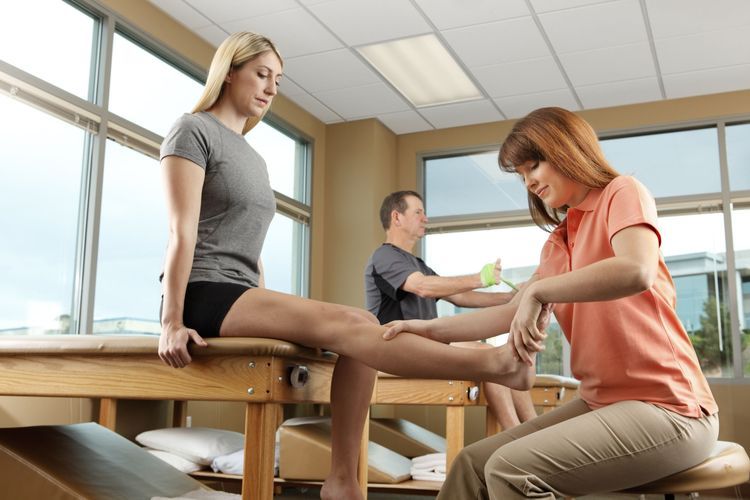 And they constantly interact with each other. Dance is also perceived as a way of communication. And a person engaged in TDT comes into contact with himself, his partner and the whole world.
And they constantly interact with each other. Dance is also perceived as a way of communication. And a person engaged in TDT comes into contact with himself, his partner and the whole world.
Another important principle is the unity of thoughts, feelings and behavior. Because any change in one aspect entails changes in the other two. In this, by the way, the principle of integrity is manifested. Also, the “highlight” is the perception of your body as not an object or object, but a process. The very awareness of this is reflected in the result, presenting the desired effect. And one more important principle - during the practice of dance therapy, the specialist turns to the creative resources of a person, as to an endless source of creative energy and vitality.
Goals
Dance therapy for children and adults aims to achieve the same result. The main goal is to expand the scope of awareness of your body, as well as its capabilities and features. It is important for a person to be able to develop trust in himself and improve his self-esteem. For this, doctors are engaged in the development of the patient's body, instilling in him a love for this business.
For this, doctors are engaged in the development of the patient's body, instilling in him a love for this business.
Another goal is to improve social skills and integrate inner experience. It is important that the person in the course of treatment establishes a special connection between movements, thoughts and feelings.
Methods
It is worth noting that there are different dance therapy groups. The main one is clinical. This is an auxiliary type of therapy that forms an effective symbiosis in terms of treatment with medications prescribed to patients. Clinical TDT can last for a long time - sometimes for several years. But efficiency demands it. By the way, it is especially good at helping patients with speech and interpersonal communication disorders (that is, in communication). By the way, clinical TDT appeared more than 75 years ago.
TDT is also widely used in people with psychological problems. And this type of therapy is much more complex than the previously mentioned one. Because it is aimed at solving specific human problems. And such TDT is carried out both in a group with other patients, and individually. The method is usually based on analytical psychology.
Because it is aimed at solving specific human problems. And such TDT is carried out both in a group with other patients, and individually. The method is usually based on analytical psychology.
And then there is dance therapy for those people who don't have any problems but want something more out of their lives. For example, to find out with the help of TDT your hidden "I", find a new way of self-expression and start interacting with others.
Innovation
As mentioned at the beginning, TDT gained popularity not so long ago. Which is not surprising, because this is an innovation. In the course of classes with patients, the doctor uses the skills, abilities and knowledge that relate to psychology, creativity, art, physiology and therapy. It is important. After all, almost every disease is psychosomatic. And until the moment when the disease begins to manifest itself at the bodily level, it appears in the subconscious. That is, at the level of the psyche.
TDT is special in that during its implementation great attention is paid not only to mental processes and cognitive methods of rehabilitation, but also to the physical and creative part. In other words, both hemispheres are involved. And this is what a harmonious and holistic person needs. And be that as it may, but the most unexplored aspect of our world today is precisely man. Namely, how his body interacts with the psyche.
Benefits
Dance therapy, which has an interesting history, is really effective. It is the best way to minimize physical stress and increase the mobility of a person. If you believe the notorious theory of Reich, it turns out that the same muscle "clamp" is eliminated. After all, a person begins to move, express his feelings and emotions during the dance. And the accumulated energy that was spent on maintaining the muscle "clamp" finds its application.
The value of artistic experiences is very great. In the dance, they even extract needs and desires from the unconscious, which the patient could not even guess about. In other words, he simply gets rid of them.
In other words, he simply gets rid of them.
TDT is also a great way to communicate non-verbally. It is for this reason that group classes have recently gained popularity. A person begins to contact not only with the healer, but also with other participants. And this is an additional release of tension and a more relaxed atmosphere. Group classes significantly improve the emotional and physical condition of patients. And if they are also teenagers, then TDT helps them to increase their level of self-esteem and develop a more positive image of their own body. By contacting other members of the group, young people can awaken new, previously unexplored feelings.
Movements
So, we have considered the methods of dance therapy in as much detail as possible. Now you can touch the attention and exercises. There are no restrictions and generally accepted standards. After all, one of the goals, as mentioned earlier, is to demonstrate freedom and creativity. The most important thing is that the movements performed by the patient should be aimed at realizing his own feelings at this particular moment. His task is to express his feelings through dance. And the therapist, watching him, must understand what the patient is trying to convey. This is where psychoanalysis comes into play. The doctor's task is to analyze the patient's behavior as accurately as possible, which will help to understand his problem.
His task is to express his feelings through dance. And the therapist, watching him, must understand what the patient is trying to convey. This is where psychoanalysis comes into play. The doctor's task is to analyze the patient's behavior as accurately as possible, which will help to understand his problem.
Then the healer, together with the person, begins to expand the limited potential of movements. This way it is possible to liberate the patient, direct him to overcome complexes and psychological problems. This is what dance therapy is all about.
Exercise is what the patient must concentrate on during exercise. When a person “stretches”, it is important for him to feel what exactly at the moment he feels. And the doctor, in turn, should help him come to the awareness of his physical sensations. In the last stage, the patient usually feels that his soul is one with the body, and conveys this through his dance.
What else is worth knowing
There are no barriers to TDT.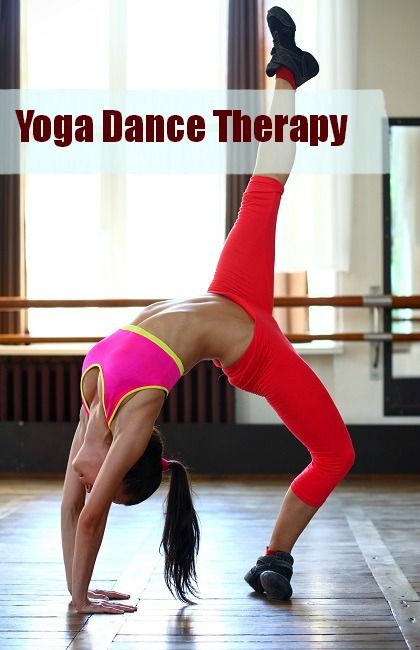 No age limits or restrictions on the diagnosis. Now there are centers that work with adults and children, which accept anyone who wants to, help to cope with personal problems, anxieties, fears, personal crisis, misunderstanding of oneself and loss of the meaning of life. There is also a marital TDT.
No age limits or restrictions on the diagnosis. Now there are centers that work with adults and children, which accept anyone who wants to, help to cope with personal problems, anxieties, fears, personal crisis, misunderstanding of oneself and loss of the meaning of life. There is also a marital TDT.
Special programs have been developed for children that can correct disharmonic development (which includes autism, developmental delay, minimal brain dysfunction). For adults, there is a program that helps to cope with compulsive overeating, anorexia and bulimia. With the help of TDT, you can even improve parent-child relationships.
And people who have decided to do TDT (or they had to do it) assure that there is an effect. All the theory described is confirmed in practice. And therapy allows not only to replenish strength, but also to know yourself, to feel your light, uniqueness and value for this world, which is confirmed by many reviews.
Training
As you can already understand, the activity of a person who masters such an art as dance therapy is very complex and multifaceted.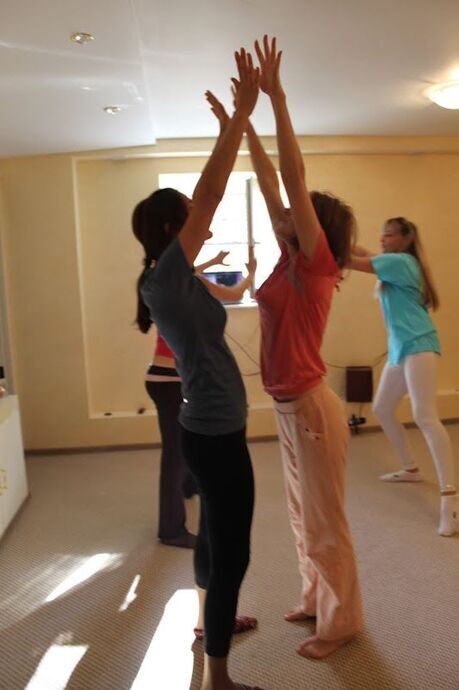 Training of specialists of this profile also takes place in several stages. The program itself was created in 1995 year. This is so far the only technique that meets the requirements of the European Association of TDT. And the program is implemented by such a university as the Institute of Practical Psychology and Psychoanalysis. IPPiP is located in Moscow.
Training of specialists of this profile also takes place in several stages. The program itself was created in 1995 year. This is so far the only technique that meets the requirements of the European Association of TDT. And the program is implemented by such a university as the Institute of Practical Psychology and Psychoanalysis. IPPiP is located in Moscow.
All students in this area will have to master many disciplines. The preparation is comprehensive and serious. Leading experts not only from Russia, but also from the USA and Europe are involved in teaching.
As part of their training, future therapists attend theoretical seminars on TDT and psychological counseling. The program also includes supervision. Students will also undergo personal psychotherapy and clinical practice.
Educational nuances
It is important to note that this is not a 4-year course, but professional retraining, upon completion of which students are issued an appropriate diploma.